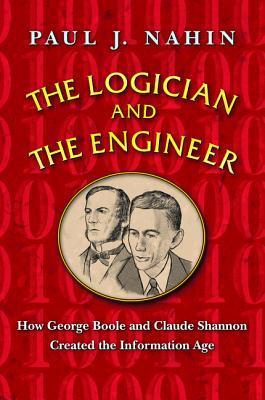What do you think?
Rate this book


248 pages, Hardcover
First published January 1, 2012
If computers that you build are quantum
Then spies everywhere will all want ’em
Our codes will all fail
And they’ll read our email
Till we get crypto that’s quantum and daunt ’em.